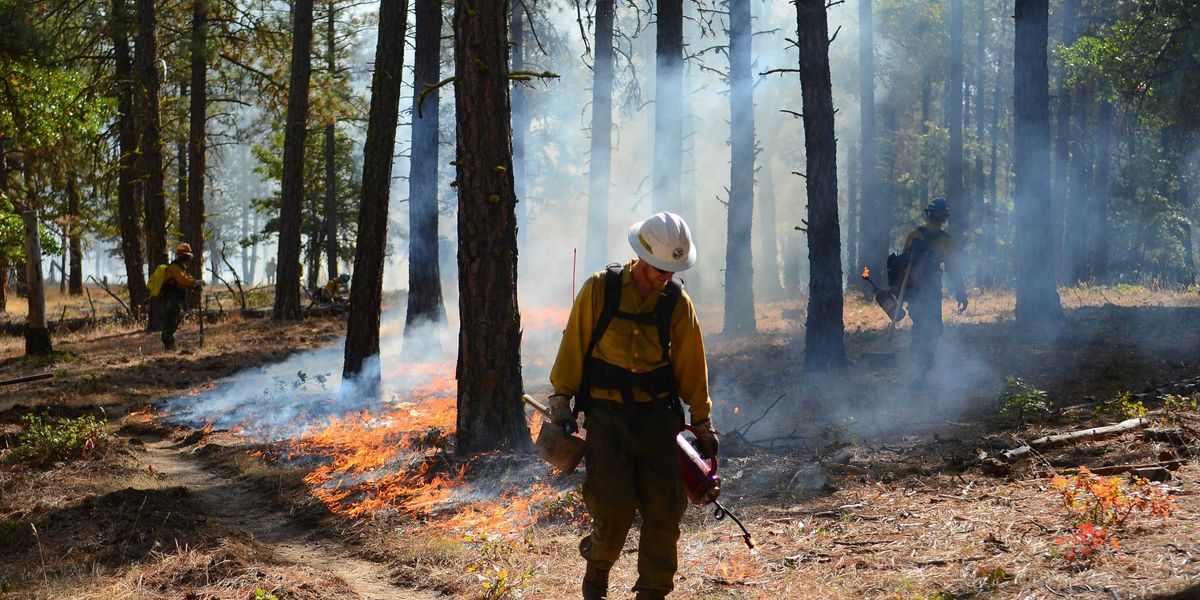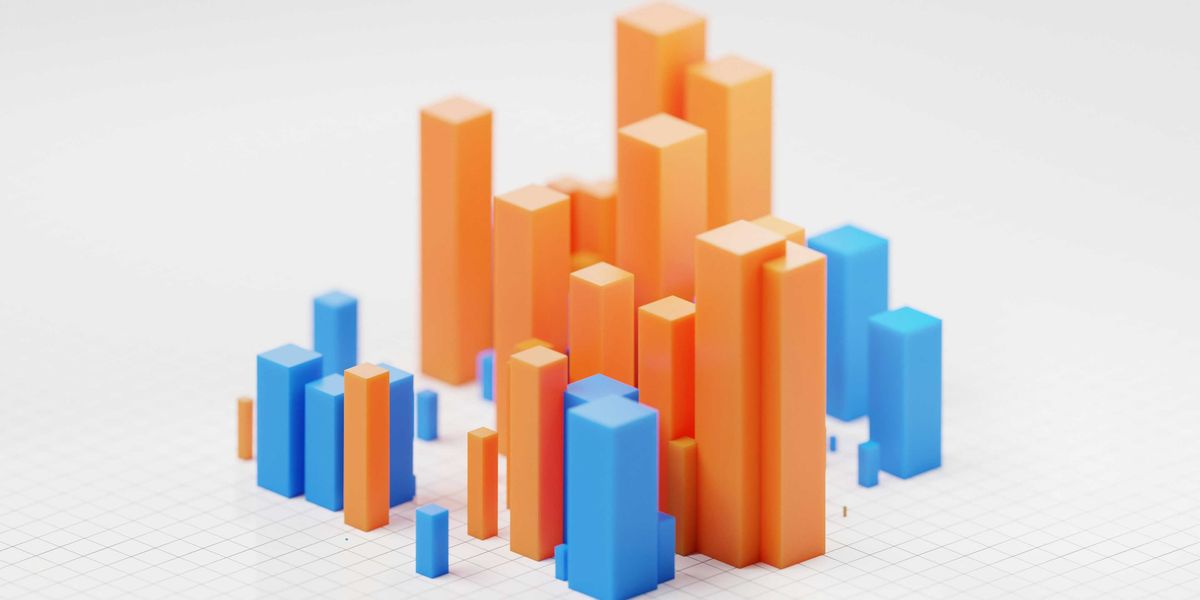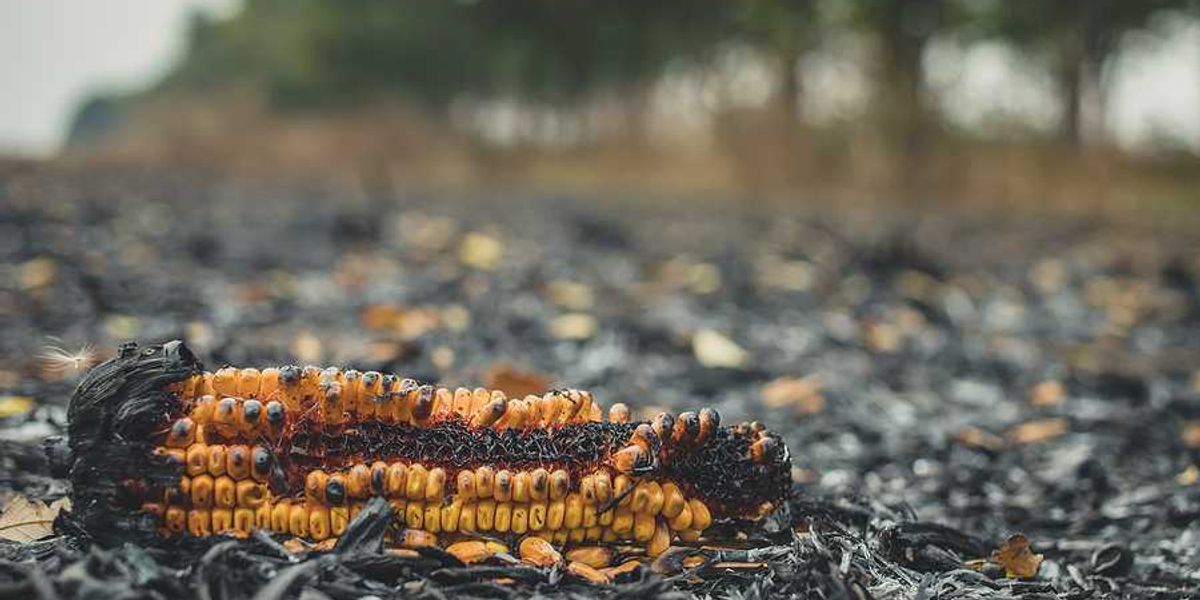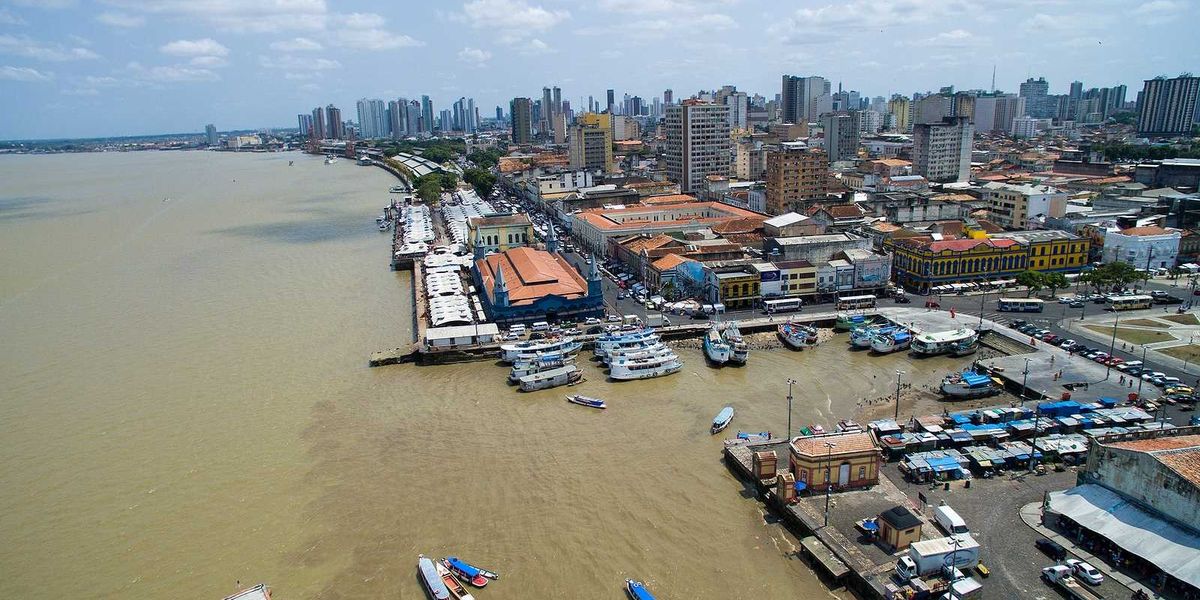Offshore wind turbines may offer new habitat for key fish species
Some commercial fish like haddock and flatfish are gathering around offshore wind turbines, showing how these clean energy structures might reshape marine ecosystems.
Clare Fieseler reports for Canary Media.
In short:
- Researchers in the U.K. found haddock, a valuable commercial species, using wind turbine foundations in the North Sea — a surprise since they rarely gather near manmade structures.
- Offshore wind foundations act like artificial reefs, attracting invertebrates and fish, potentially supporting local fisheries and food chains as they age.
- U.S. scientists are studying early turbine installations off Virginia’s coast, noting both potential benefits and short-term construction impacts, even as political headwinds slow national progress on wind energy.
Key quote:
“We know that, for many species of fish, this wind foundation is a really big deal.”
— Brendan Runde, marine ecologist with The Nature Conservancy
Why this matters:
New research suggests that the hulking steel structures anchoring turbines to the seafloor may double as marine sanctuaries, creating habitat where there was previously little to none. Yet despite this potential ecological upside, the United States remains behind both Europe and China in developing offshore wind capacity and conducting long-term research. The Trump administration’s rollback of funding for ocean science programs has further obscured understanding of environmental benefits and impacts, leaving communities and regulators with more political noise than data.
Read more: Freeze on offshore wind projects puts states' climate goals at risk













